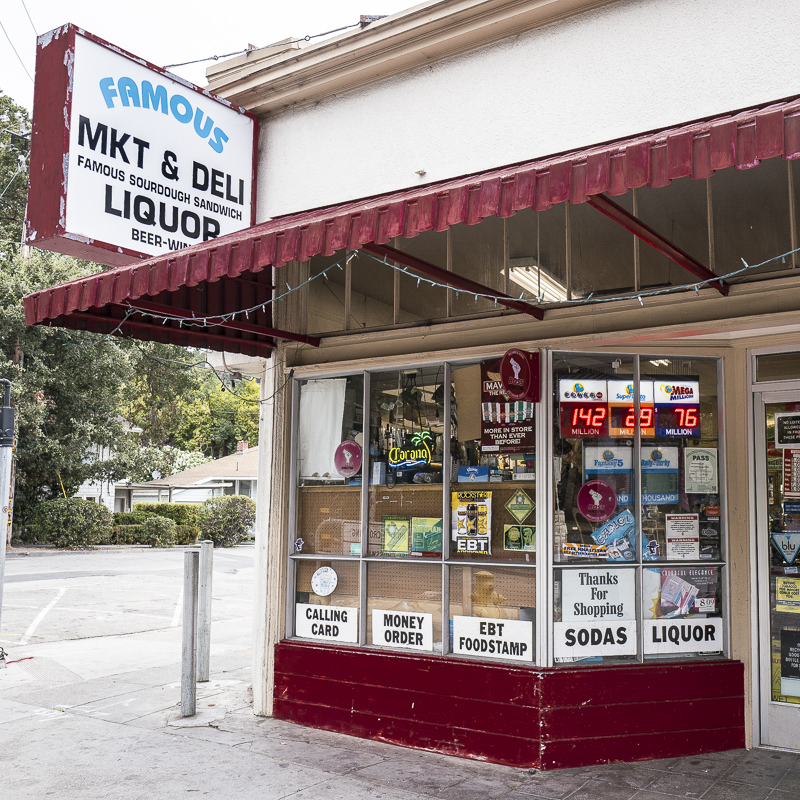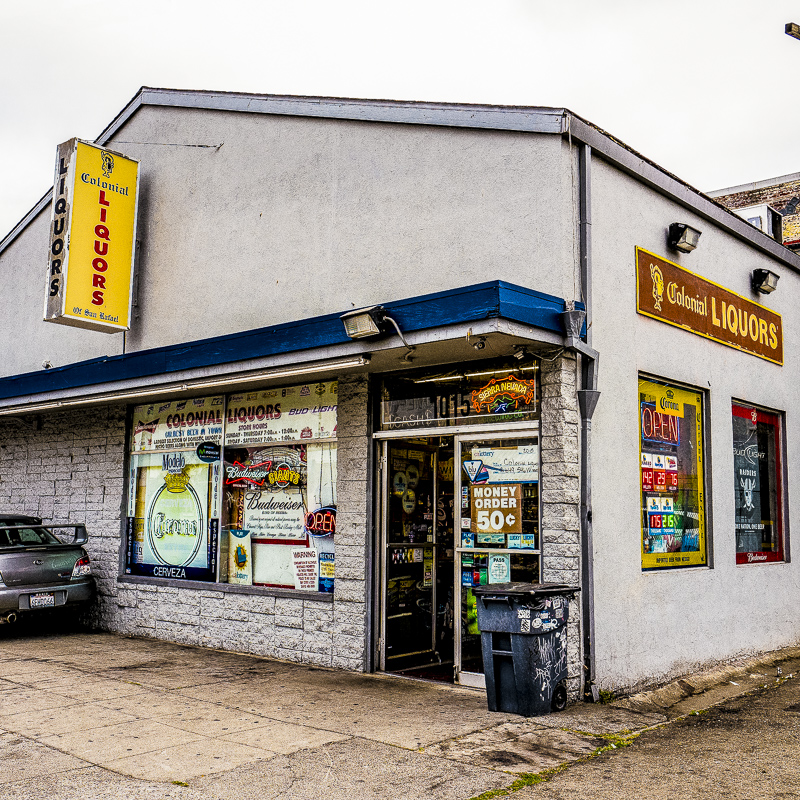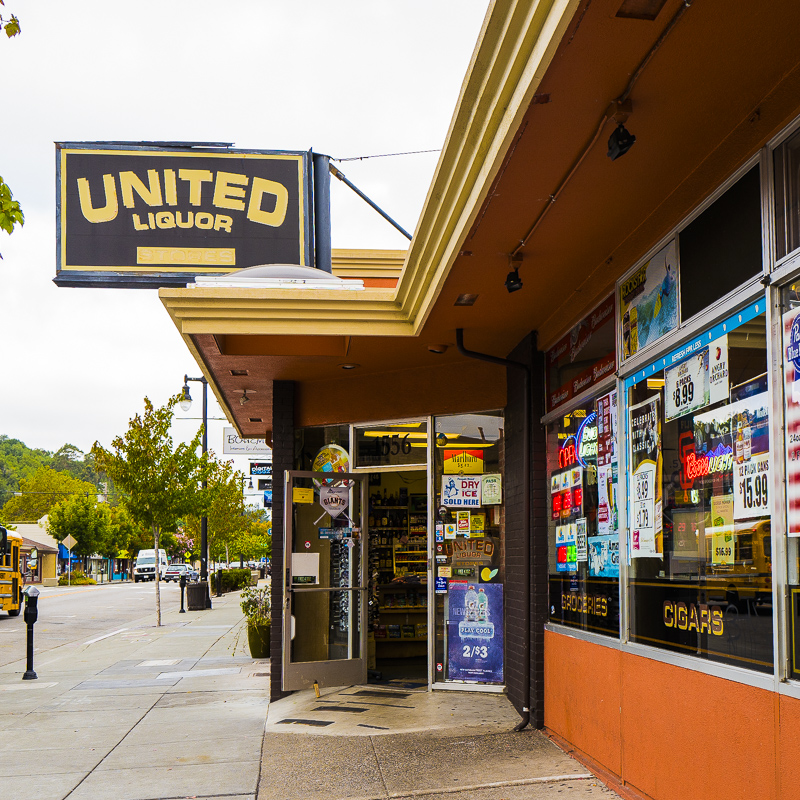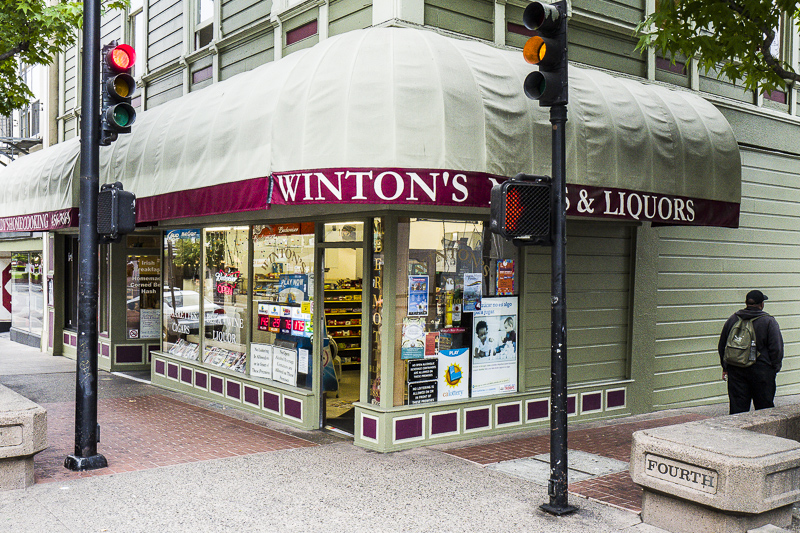In a post a few weeks ago, I shared that people experiencing homelessness typically fall into one of three buckets. At the risk of making some even broader generalizations, as the number of challenges a person faces increases (e.g. no job, loss of connection to family, addiction, mental illness, etc.), it becomes:
- Harder to establish a working relationship with that person.
- More costly to intervene and provide services.
- That person’s visibility in the community increases (often in a negative way).
However, if I had to choose one factor alone that caused a wildly disproportionate number of challenges around people getting help and negative community issues, it would be alcohol.
How Our System Responds to Chronic & Severe Alcohol Use
Through the HOT Program, we have been making significant progress helping people access treatment and housing. However, it is critical to remember that substance abuse treatment in our community is 100% voluntary, and some people just aren’t ready. I am often asked why we – the City, the County of Marin, service providers, etc. – don’t just force people into treatment programs. Simply put – it is against the law. These laws are designed to protect all of us from being forced to do things against our will because other people think it’s a good idea. I think most of us can agree that’s a good thing, but there are consequences.
After hearing the above, most people then ask, “Can’t we just lock people up for their misbehavior to keep them off the street?” The answer is it’s complicated. For chronic alcoholics, emergency responders typically have the following choices:
- “647F” – the official police code for drunk in public – results in, at best, an inebriated person being carted to jail to be booked for a few hours or maybe overnight. After just a few hours, they are usually released back to the street.
- If a person can be medically cleared (i.e. they aren’t going to have a major medical issue as a result of withdrawal, such as seizures), they can be taken to Helen Vine detox. However, many of the chronic alcoholics in the homeless community are medically fragile. And many have been denied service at Helen Vine because of bad behavior in the past.
- Without detox as an option, emergency responders are then left with having to take people to the emergency room, where again people are held for a few hours and then usually released back to the street.
In addition to the above, emergency responders can and do cite people for alcohol-related offenses (e.g. public urination). The assumption is that we cite someone, they have to pay a fine, the cost is so great that they learn their lesson, and then they never repeat the behavior. However, there are three challenges with that assumption:
- Homeless chronic alcoholics don’t have money, and when they do, they rarely pay fines.
- If they get picked up by the police for not paying the fine, they spend a short amount of time in jail, and then they’re back on the street. And in some cases jail is actually a respite.
- Alcoholism is a disease. While jail might be a wake-up call or a chance to sober up, help comes through treatment, not incarceration.
Learning from Other Communities
Like almost everything we discuss in this blog, other communities are facing the same challenges, and with an eye towards emulating best practices, the San Rafael Police Department began looking at an idea originating out of Santa Monica.
In addition to focusing on treatment options, Santa Monica asked itself, “Where are chronic alcoholics actually getting their alcohol?” After quickly ruling out moonshining, they realized there might be an opportunity to work with retail alcohol vendors like liquor stores. According to Section 25602(a) of the Alcoholic Beverage Control Act, Business and Professions Code: “Every person who sells, furnishes, gives, or causes to be sold, furnished or given away, any alcoholic beverage to any habitual or common drunkard or to any obviously intoxicated person is guilty of a misdemeanor.”
Violation of this section can lead to arrests, fines or ABC and City business license revocations or suspensions. The Santa Monica Police Department created a flier with pictures of the 20 most disruptive chronic inebriates in their community and distributed it to local retail vendors, and they are using the full power of the code to enforce the initiative.
Earlier this summer the San Rafael Police Department distributed their own version of this list. At this time, rather than fining any local businesses, the Police Department is asking for voluntary compliance. In that spirit, we would like to thank the following businesses for their participation. As we continue to work on this incredibly challenging issue, this is one more tool in our toolbox.
United Liquors (Downtown)
Winton’s (Downtown)
7-11 (Downtown)
Safeway (Downtown)
Colonial Liquors (Downtown)
Perry’s (Downtown)
Walgreens (Downtown)
Marin Beverage Outlet (Downtown)
United Market (East of Downtown)
Whole Foods (East of Downtown)
Rite Aid (East of Downtown)
CVS (East of Downtown)
Trader Joe’s (East of Downtown)
Shell (East of Downtown – Don’t sell alcohol)
Old Valero (East of Downtown – Don’t sell alcohol)
Chevron (East of Downtown – Don’t sell alcohol)
Al’s Liquors (Canal)
7-11 (Canal)
Famous Deli (North San Rafael)
Safeway (North San Rafael)
CVS (North San Rafael)
Rite Aid (North San Rafael)
Northgate Wine & Spirits (North San Rafael)






